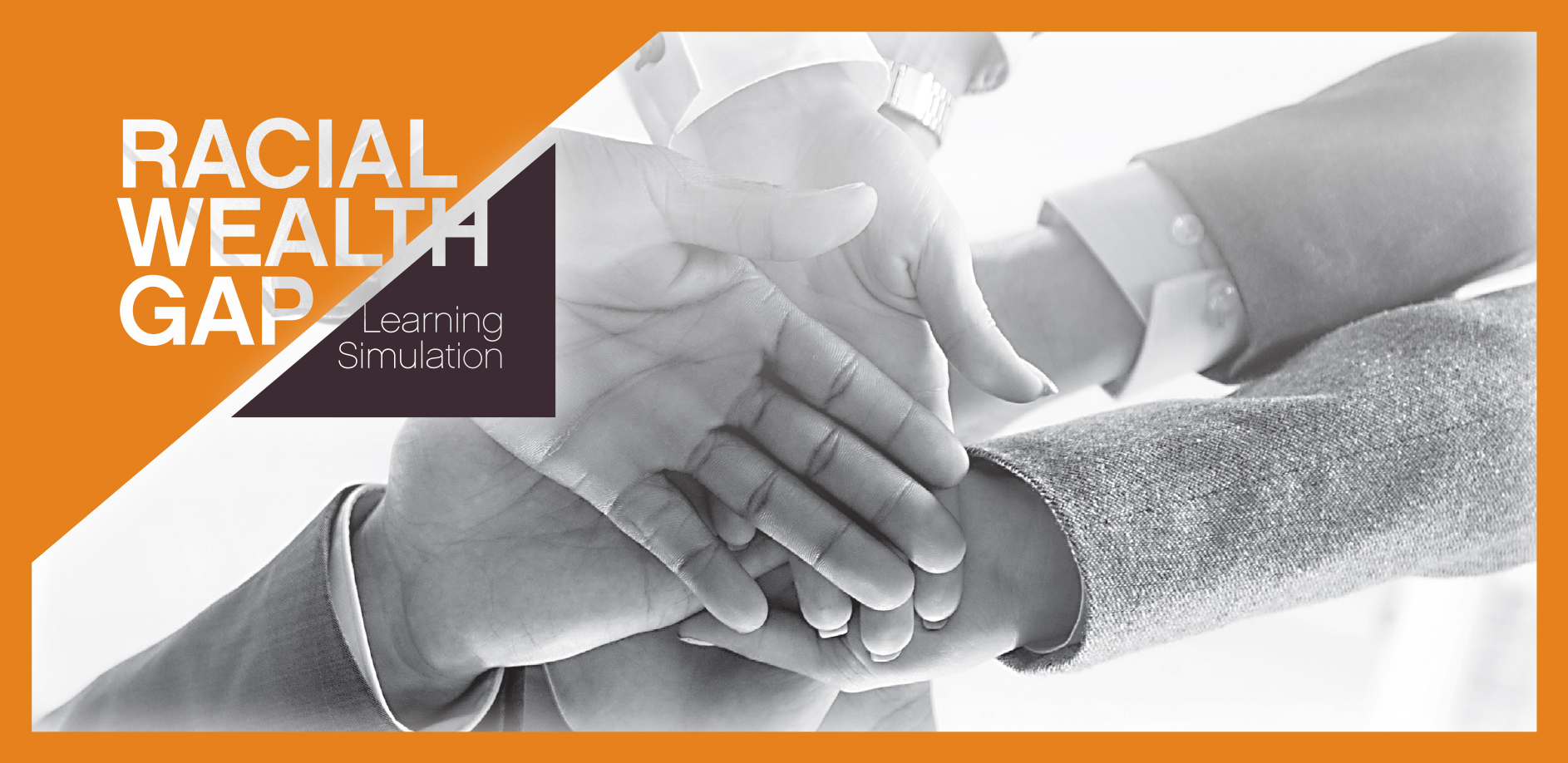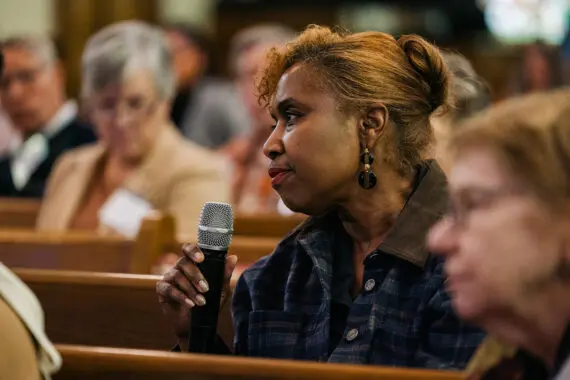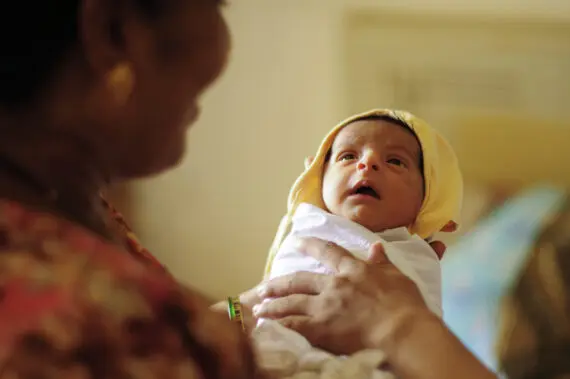Bread for the World Institute
Racial Wealth Gap Learning Simulation

What is the Racial Wealth Gap Learning Simulation?
The simulation is an interactive tool that helps people understand the connections among racial equity, hunger, poverty, and wealth. It is a good first step for people unaware of structural inequality, a support tool for those who want a deeper understanding of structural inequality, and a source of information for experts who want to know the quantifiable economic impact of each policy that has widened today’s racial hunger, income, and wealth divides.
In the simulation, participants learn how federal policies created structural inequalities—property ownership and education are just two among many areas affected—and how these policies increase hunger and poverty in communities of color.
The simulation guides participants to an understanding of why racial equity is so important to ending hunger and poverty in the United States. Our hope is that participants, in becoming more aware of structural inequality, can support policies that undo and/or reduce disparities.
Since the simulation emphasizes the importance of racial equity, it can be a helpful companion tool for churches, organizations, agencies, schools, and communities that have begun working on race and want to learn more about the role that public policy has had, over time, in creating structural divides based on race.
What is the simulation’s impact?
Bring the simulation to your community.
How does the simulation break down barriers?
There are many ways of talking or thinking about race. Feeling uncomfortable with the topic can be a barrier to engaging in conversation.
Yet these conversations are essential, especially if we are going to end U.S. hunger and poverty. This is one reason the simulation calls for participants to randomly select cards that assign them a racial identity that may be different from their own. This helps break down some of the barriers.
At Bread for the Word, we have seen the simulation change people’s hearts and minds and inspire them to become committed to applying a racial equity lens to their work.
Ready to get started? Watch Bringing the Simulation to Your Community and learn how.
How did the simulation come to be and where can it be used?
The Racial Wealth Gap Learning Simulation was a joint effort from Bread for the World and NETWORK. The concept and design of the simulation was co-created by Marlysa D. Gamblin, a policy expert on the racial hunger, income, and wealth divide. Marlysa worked closely with Emma Tacke and Catherine Guerrier with NETWORK to pilot the simulation at Ecumenical Advocacy Days (EAD) in April 2017.
After the initial pilot, Bread dedicated a full year to piloting the simulation in the field and making adjustments to ensure the tool is helpful to a wide variety of communities in different settings.
This tool can be used at home, Bible study, churches, larger gatherings, and schools, and among staff at nonprofits, advocacy organizations, service providers, government agencies, and private entities.
If you are interested in using the simulation, watch Bringing This to Your Community. The video gives further details about the simulation. We recommend using the Facilitator’s Guide. The guide offers tips on preparing for and facilitating the simulation in various settings. We also have a Virtual Facilitator’s Guide, if you’re unable to meet in person. If you want to bring this tool to your church or Bible study, please also download the Biblical Activity Sheet below.
Want to facilitate the simulation virtually? Download these resources:
Want to facilitate the simulation in person? Download these resources:
Additional Reading on Race and Hunger
What can I do next to promote racial equity and dismantle racism?
Now that you have completed the Racial Wealth Gap Learning Simulation, there are many things that you can do. First and foremost, we want to encourage you to engage in the work of understand how to reverse what has created racial inequities–racial equity. Racial equity is a process that focuses on centering the needs, leadership and power of Black, Indigenous and Other People of Color, as well as a goal of achieving equal, and ultimately optimal, outcomes for BIPOC relative to their white counterparts. Go to bread.org/racialequity to learn more about this term, read key reports to understand how racial equity can be applied to policy to end hunger and address racism, and learn about important tools to help you promote racial equity in your work!
We thank the many organizations that share the simulation with their networks and use it in their work. Email us to learn about becoming a partner.


